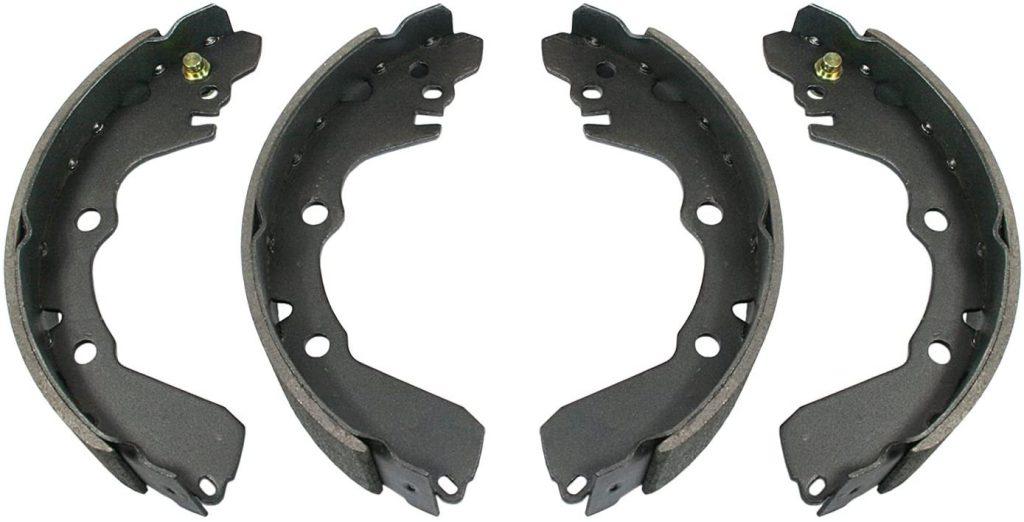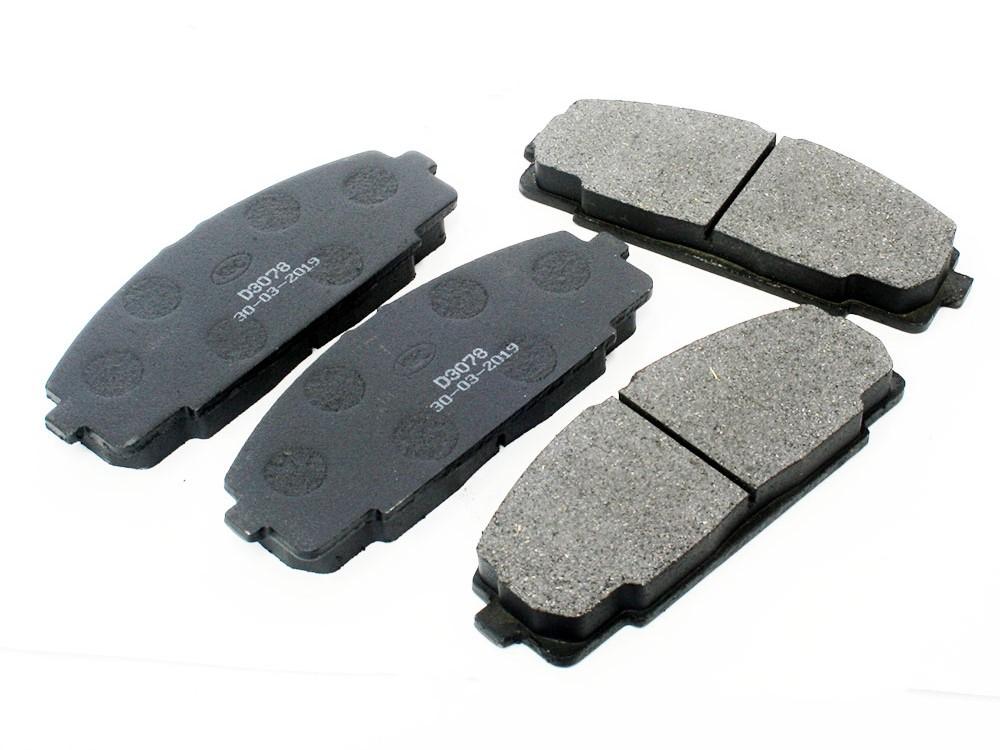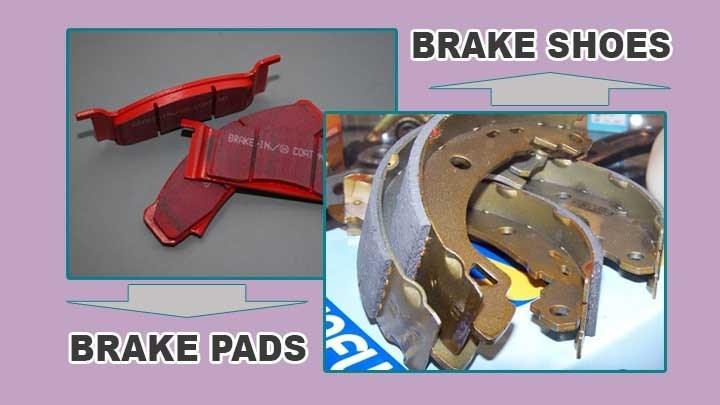All automobiles have a braking system, which contains either brake shoes or pads. Depending on the type of vehicle, it may have a drum or disc brake system.
Brake shoes are a part of the drum brake, while pads belong to the disc brake. Is there any disparity between brake shoes vs brake pads?
Basically, both these components do the same thing—slowing down and stopping a vehicle—although their design and working mechanism are slightly different from each other. We’re going to discuss how they differ while doing the same thing.
Brake Shoes vs Brake Pads: The Differences
In a disc brake, the pads exert pressure on the rotor (a rotating disc) to slow down the vehicle and stop it. The brake shoes do the same job in a drum brake, but by applying pressure on a cylindrical rotating unit.
Modern vehicles have a disc braking system, while the brake shoes are a part of old vehicles.
Drum brakes have been used since the invention of automobiles, but the disc system was a later invention, making its debut toward the end of the nineteenth century.
The main points of difference between brake pads and shoes are:
Placement
The front-wheel axle is the place where the brake pads lodge. But brake shoes are placed in the rear axle, so you will never find a drum brake in a front-wheel-drive car.
In fact, disc brakes can be found in four-wheel-drive vehicles too (where each of the four wheels uses a disc brake) but you will never find drum brakes in a front-wheel-drive car.

Efficiency
Brake pads are better than brake shoes for stopping a vehicle because they are more heat-resistant and keep frictions away from the disc. They respond well in tricky conditions, like wet and snowy surfaces.
Brake pads are more heat resistant, which makes them perfect for the front axle of vehicles. Because of this, brake pads have a longer lifespan than brake shoes.
Replacing the brake pads is easier than brake shoes. Anyone with general mechanical knowledge can change the defected pads at home.
Durability
Both the pads and shoes are made of steel with one side having a layer of frictional material.
However, brake pads last longer than brake shoes because of their excellent resistance to heat. The brake shoes have one advantage though, as they can be recycled.

Cost
The only downside of the pads in this brake shoes vs brake pads comparison is the cost.
Brake shoes are less expensive because they are recyclable into new shoes or other automotive parts. A new brake pad costs almost half as much as a new brake pad.
Remember that you cannot use both drum and disc braking systems together in a vehicle.
So, if you want to buy a second-hand vehicle, don’t forget to inquire about the braking system. You may not want to deal with the less efficient and less durable brake shoes.
FAQs on Brake Shoes vs Brake Pads
Can brake shoes and brake pads be used interchangeably in any vehicle?
No, brake shoes and brake pads are not interchangeable. Brake shoes are used in drum brake systems, while brake pads are used in disc brake systems. These systems are fundamentally different, and the friction materials (shoes and pads) are designed specifically for their respective systems. Using the wrong type would prevent your brakes from functioning correctly.
How does the material composition of brake shoes and pads differ?
Brake shoes and pads have different compositions because they work in different braking systems. Shoes, used in drum brakes, have a friction material bonded to a metal backing plate, often made of organic or semi-metallic compounds. Pads, used in disc brakes, also have a friction material and backing plate, but their friction material is often ceramic, semi-metallic, or organic, formulated to withstand higher temperatures. Disc brakes operate at higher temperatures and pressures than drum brakes, necessitating more robust friction materials.
Do brake shoes last longer than brake pads?
Generally, yes, brake shoes tend to last longer than brake pads. This is due to several factors, including the larger surface area of brake shoes, the enclosed nature of drum brakes which protects them from wear, and the less frequent engagement compared to brake pads in disc brake systems.
How do I know if my brake shoes are worn out?
Several signs indicate worn brake shoes: a squealing or grinding noise when braking, reduced braking performance, a spongy brake pedal, or a low brake fluid level. You can also visually inspect the brake shoes through the inspection hole in the drum; if the friction material is less than 1/4 inch thick, it’s time for replacements. However, it’s always best to have a qualified mechanic inspect your brakes for accurate diagnosis and repair.
Check out this video from Donut to learn how to choose the right Brake Pad for your car!
Understanding these less commonly discussed aspects of brake shoes vs brake pads will help you understand the importance of appropriate maintenance and component selection to ensure safety!



